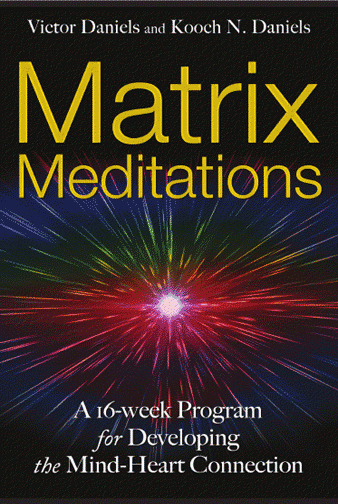
MEDITATION: THE ESSENCE II – Concentration & Focus
MEDITATION — THE ESSENCE
Basic Meditation Instructions, Part II
CONCENTRATIVE MEDITATION
Concentrative meditation develops your ability to know what you are doing with your attention at any given moment and to focus your attention (and often that of others with whom you are conversing) where you wish. This ability has been shown to be useful in diverse areas of life. It is also essential to witness consciousness or mindfulness meditation, which will be described in Part III. Two different forms are described here, and you can choose the one you prefer or use them both at different times.
Counting style. Choose any object to focus your eyes on. As you did just above, count from one to ten. This time silently count one number on each incoming breath, from one to ten. Then count the same number ten times on each outgoing breath. Like this: 1-1, 2-1, 3-1, etc. up to 10-1. Then take a single breath in which you do not count. Then count a second sequence of ten, like this: 1-2, 2-2, 3-2, etc. up to 10-2. Another empty breath, then ten breaths with the number 3 on your exhalation, etc. Ideally you will do this for 110 breaths, up to 10-10. Then do ten more snapshot breaths to end your session. Whenever you lose count, continue from the last pair of numbers you can remember clearly. If you don’t have time or don’t want to count up to 10-10, stop whenever you wish and end your session with ten snapshot breaths.
On each outbreath, notice all the chatter and images that have formed themselves in your mind and imagine them flowing out of you and away as you exhale, leaving your mind calmer and clearer. Whenever you notice that you have forgotten your counting or you are no longer looking at the object you chose for your visual focus, first notice where your mind has gone in case it’s to something important you need to remember (you might want to keep a pad and pen to jot down a word or two as a reminder when things occur to you.) Then gently move your mind back to your counting. Don’t try to keep things out of your mind – just bring your mind back to your counting, again and again if needed.
Mantra style. Select a mantra that feels agreeable and useful to you. You can find one by looking at the index at this link, or by doing a web search for “Sanskrit words” or “mantras.” Or even choose a word or phrase in your native language that refers to a quality you want to cultivate. Just as with the counting above, choose an object for your visual focus. On each inhalation, silently repeat your mantra to yourself. On each exhalation, you can either (1) count the same number for ten numbers as described just above, and then move to a second number for the next set of ten breaths, or (2) just repeat the mantra on your inhalation and let your mind go silent on the exhalation, allowing the thoughts that have formed themselves to flow away. When you notice that you are no longer repeating your mantra, return your thoughts to it. DO NOT, however, use repetition of the mantra to try to “push” other thoughts, feelings, or sensations out of your mind. You could end up pushing out things you very much need to notice or hear. Just notice where your mind has gone, jot down a reminder of that if it’s important and you wish to, then bring your attention back to your mantra. Here too, ten snapshot breaths are a good way to end your session.
OR, you can regard the starting sequence and a period of concentrative meditation as the first two stages of your sitting, and then go on to mindfulness / witness consciousness meditation or to a contemplative meditation.
Part I of this series of five mini-articles offered an introduction to what meditation can do for you and presented a useful meditation “starting sequence.”
Part II describes concentrative meditation.
Part III will describe witness consciousness (yogic term) and mindfulness meditation (Buddhist term) and They overlap considerably but not totally.
Part IV will describe contemplative meditation. (not yet posted)
Part V will be on everyday awareness practices. (not yet posted)
All this is just “the essence.” If you’d like this and many advanced practices all in one handy place, you will enjoy Matrix Meditations, by Victor Daniels and Kooch N. Daniels. Click on the cover to go to the book’s home page. You can get the e-book for under $13.99, and used copies online for little more than postage. Of course, a brand-new paperback copy (from your local bookstore or another online vendor) is a treasure.


